21 January 2025
Have you ever stepped into a home and instantly felt at peace, as if nature had wrapped its arms around you? That’s the magic of incorporating green spaces into design—a revolution that’s merging sustainability with style. In recent years, sustainable design has gone from being a buzzword to a practical, must-follow trend, and at the forefront of this movement is the prioritization of green spaces at home.
But what does that even mean? Why is it important? And how can you incorporate it into your own space without breaking the bank? Well, we’re about to dive in and get all those questions answered. So, grab your favorite beverage, sit back, and let’s chat about how sustainable design is changing the way we live! 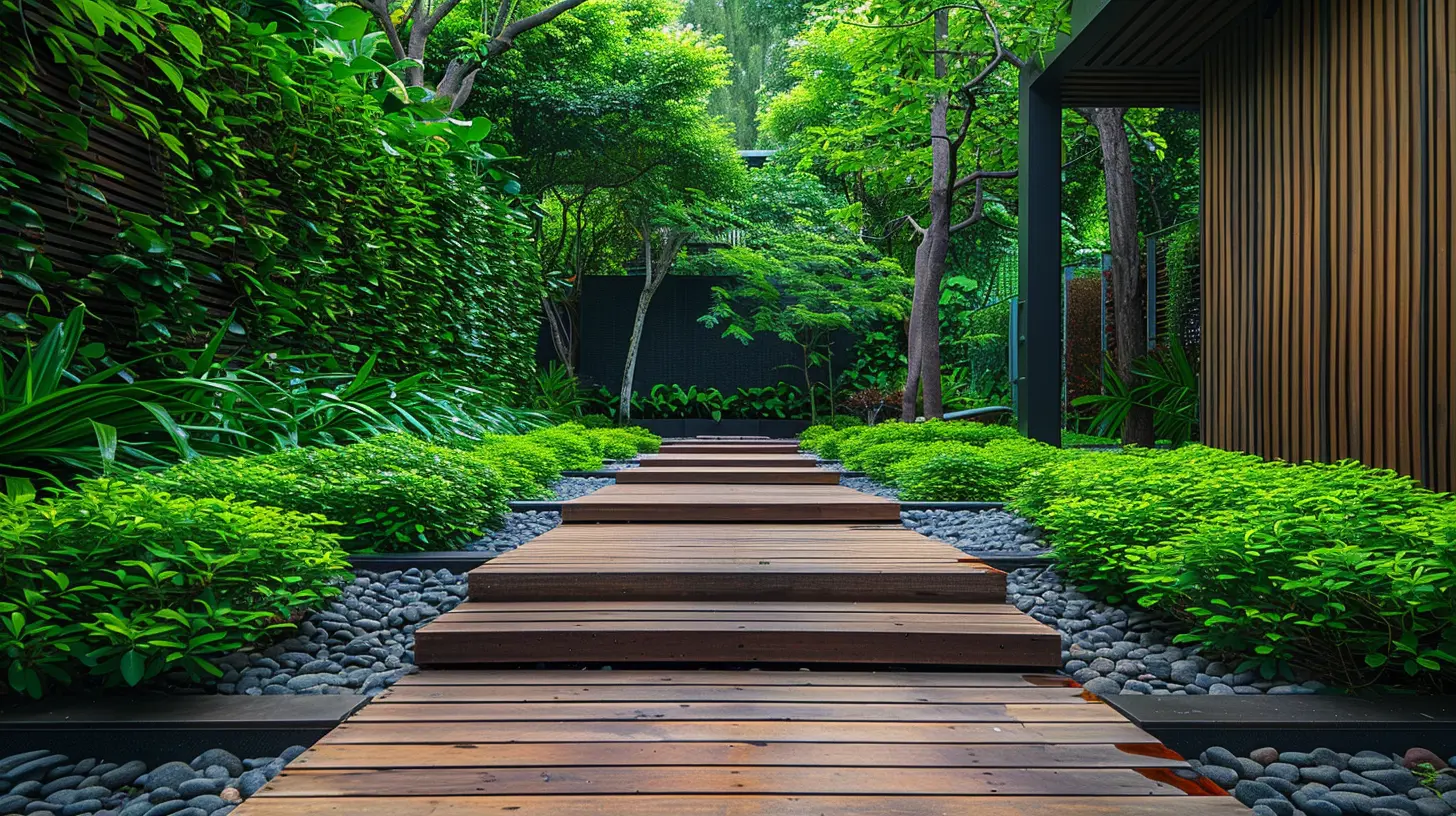
What is Sustainable Design?
Okay, let’s start from the top. Sustainable design is all about creating spaces that are environmental-friendly, energy-efficient, and—here’s the kicker—human-friendly too. At its core, it’s designing homes that work with nature rather than against it. Think renewable materials, energy-efficient systems, and layouts that encourage natural light and airflow.And green spaces? Oh, they’re the crown jewels of sustainable design. They’re anything from lush indoor plants to expansive garden patios to vertical green walls. It’s essentially about weaving nature into the very fabric of your home.
But why is this such a big deal? Let’s explore. 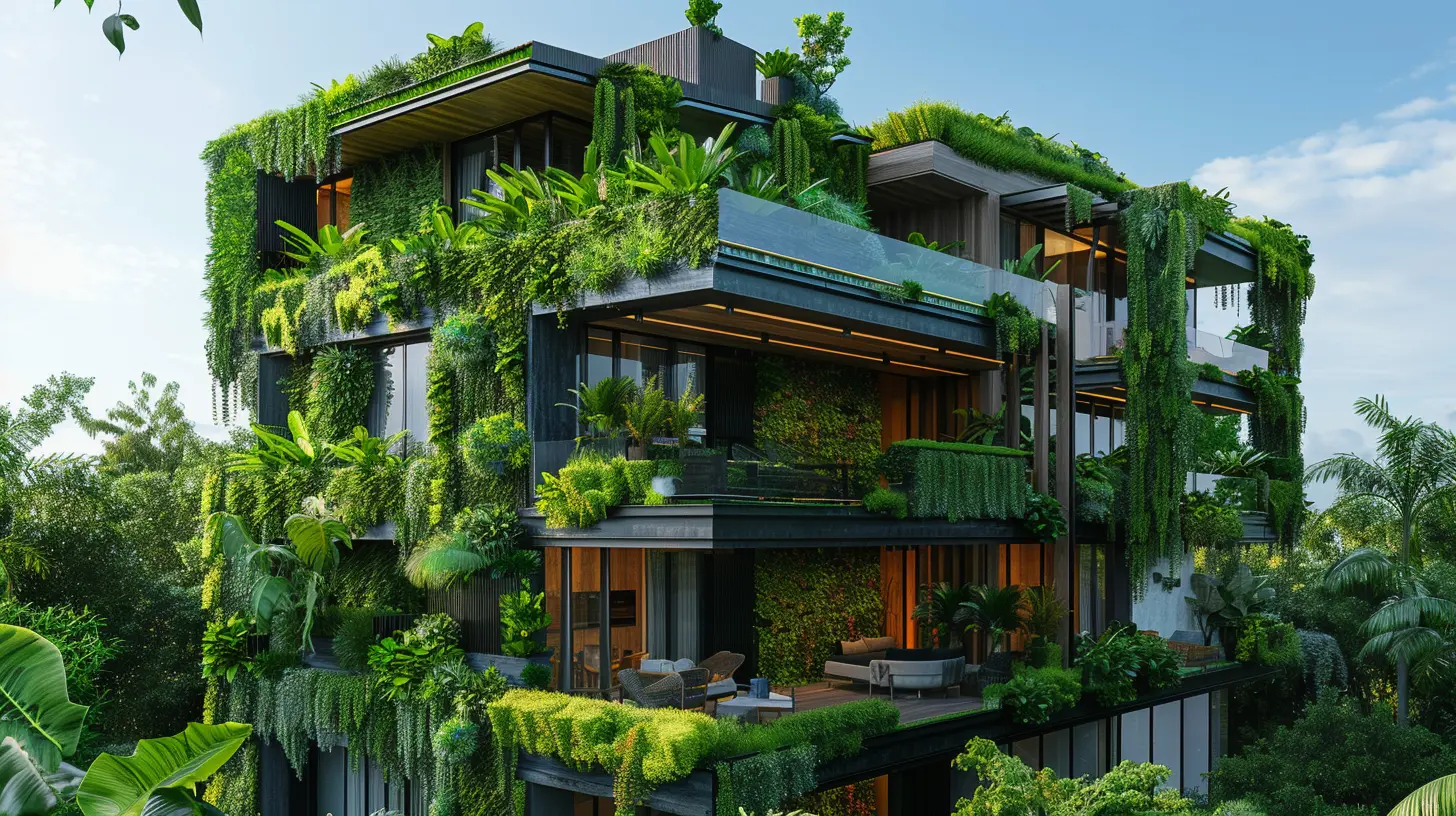
Why Are Green Spaces Crucial in Sustainable Home Design?
Picture this: You’ve been grinding all week, stuck behind a screen, surrounded by nothing but concrete walls. Now imagine coming home to a living room brimming with greenery, breathing life into your space. Feels good, right?Green spaces aren’t just pretty to look at—they’re game-changers for your health, the environment, and even your property value. Let’s break it down.
1. Improves Mental Health
Nature has this magical ability to calm our nerves, doesn’t it? Studies have shown that being surrounded by greenery can actually lower stress levels, reduce anxiety, and even boost productivity. So, that indoor plant corner? It’s not just décor; it’s therapy.2. Enhances Indoor Air Quality
Plants are nature’s air purifiers. They absorb carbon dioxide, release oxygen, and even filter out toxins. Having a few well-placed plants can significantly improve the air quality in your home. It’s like having your personal, organic air filter—but prettier.3. Reduces Your Carbon Footprint
Incorporating green spaces isn’t just good for you; it’s good for the planet too. Plants help offset your carbon footprint by absorbing CO2. Plus, if your green space includes a garden, you can grow your own veggies, cutting down on trips to the grocery store (and the associated emissions).4. Boosts Property Value
Yep, you read that right. Homes with thoughtfully designed green spaces are more appealing to buyers. They’re seen as modern, sustainable, and healthier places to live. So, it’s not just an investment in your wellbeing—it’s a financial boost too.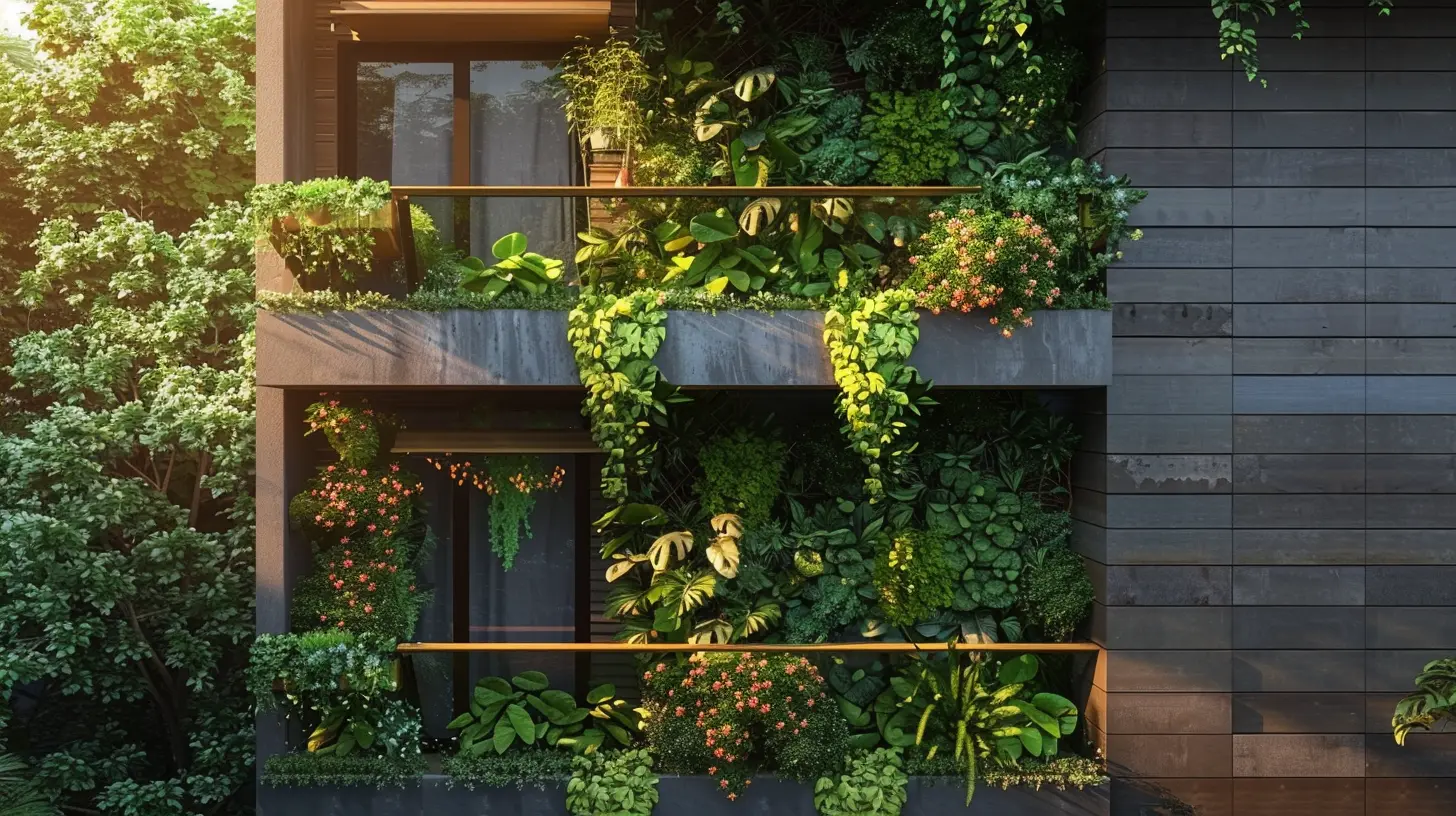
The Connection Between Green Spaces and Sustainable Design
Now that we’ve covered the “why,” let’s get into the “how.” How do green spaces tie into the larger picture of sustainable design? Well, they’re essentially the glue that holds all the elements together.Sustainable homes aim to minimize waste and energy while maximizing efficiency and comfort. And green spaces—whether it’s that cute herb garden by your kitchen window or a full-on rooftop oasis—play a huge role in achieving this balance.
Let’s break down some key sustainable design principles and how green spaces fit in.
1. Passive Design with a Green Touch
Passive design is all about harnessing natural elements like sunlight, wind, and shade to regulate your home’s temperature and lighting. Now, add green spaces into the mix—trees for shade, plants that act as natural insulators, and you’ve got a home that feels cool in summer and cozy in winter.2. Water Conservation
Sustainable design often involves collecting rainwater or using efficient irrigation systems. Green spaces can take this a step further by incorporating native, drought-resistant plants that thrive with less water. Think succulents or lavender instead of water-hungry grass.3. Integration of Renewable Materials
When designing green spaces, using materials like reclaimed wood for plant beds or recycled stones for pathways ties into the sustainable ethos. Everything is connected, and by making mindful choices, you’re building a space that’s as green inside as it is outside.4. Biodiversity at Home
Here’s a fun one: Green spaces can invite local wildlife into your backyard. Birds, butterflies, and bees are all drawn to well-planned vegetation, enriching the biodiversity around your home. Honestly, who wouldn’t want a free bird concert every morning?
Easy Ways to Add Green Spaces to Your Home
Alright, let’s say you’re sold on the idea of green spaces, but you’re not ready to bulldoze your backyard into a jungle. No worries. There are plenty of ways to incorporate greenery into your home without turning into a full-blown landscaper.1. Start Small with Indoor Plants
If you’re a newbie to the green life, start simple. Place a few snake plants or pothos around the house. They’re low-maintenance, don’t need a ton of sunlight, and instantly breathe life into any space.2. Create a Vertical Garden
Short on space? No problem. Vertical gardens are a fantastic way to maximize greenery in small areas. You can mount them on walls, balconies, or even fences. Plus, they look ultra-modern and chic.3. Build a Rooftop or Balcony Garden
If you have a flat rooftop or a spacious balcony, you’re sitting on prime green space real estate. Add planters, grass patches, or even a small vegetable garden for fresh, homegrown produce.4. Use Creepers and Climbers
Climbers like ivy or jasmine can transform bare walls into lush green canvases. They’re low-maintenance, beautiful, and add a cozy, natural vibe to your home.5. Incorporate Green into Furniture or Design
Want to really think outside the box? Look into furniture or built-in designs that incorporate greenery. For example, coffee tables with built-in planters or countertops that act as mini-herb gardens. Genius, right?Challenges of Adding Green Spaces
Let’s keep it real for a second: Adding green spaces to your home isn’t all sunshine and roses. There are a few challenges, but hey, nothing worth having comes easy, right?1. Maintenance
Plants need love and care. If you’re not a plant person, maintaining greenery might feel like a chore. But don’t worry; there are plenty of low-maintenance options out there.2. Space Constraints
Not everyone has the luxury of a sprawling backyard. But as we mentioned earlier, vertical gardens and potted plants can work wonders in even the tiniest spaces.3. Initial Investment
Setting up a green space might require some upfront costs—planters, soil, seeds, you name it. But when you think of the long-term benefits, it’s a pretty solid investment.The Future of Green Spaces and Sustainability
Sustainable design isn’t just a trend—it’s the future. As cities grow denser and climate change continues to knock on everyone’s door, green spaces will become even more essential.From urban rooftop gardens to homes equipped with living walls, the integration of green spaces is only just beginning. And the best part? It’s bringing us closer to nature in a world that often feels too detached from it.
So, whether you’re adding a single potted plant to your desk or transforming your backyard into a green haven, every little effort counts. After all, our homes shouldn’t just be places where we live—they should be ecosystems where we thrive.
Final Thoughts
Sustainable design is more than a trend; it’s a lifestyle choice that cares for the planet while enhancing our quality of life. Green spaces are at the heart of this movement, offering a harmonious blend of aesthetics and functionality.Whether you’re looking to improve your mental health, up your home’s vibe, or do your part for the environment, incorporating green spaces is a no-brainer. So, are you ready to embrace the green revolution? Let’s make our homes and Earth a little greener, one plant at a time.

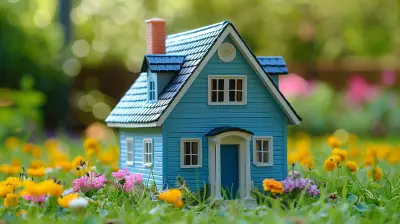
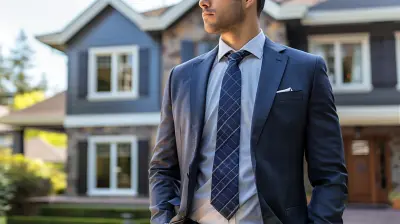
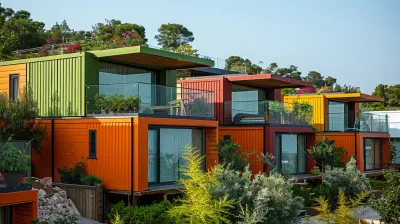
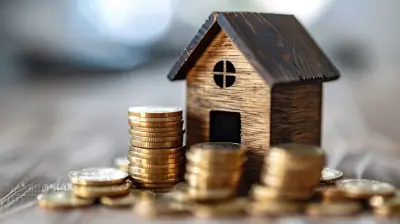
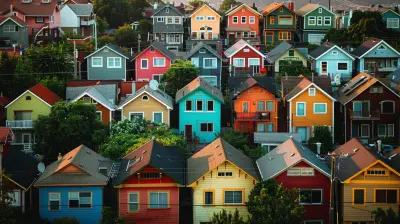
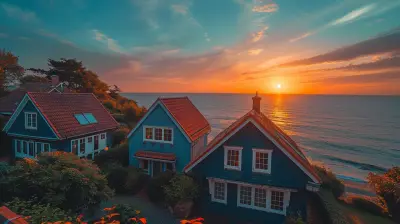
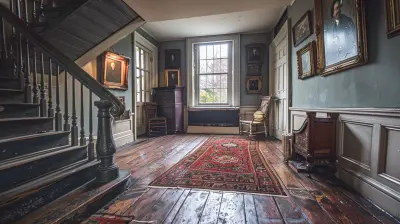
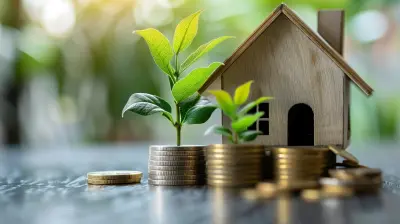
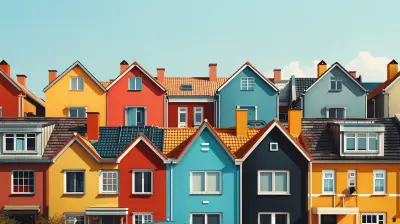
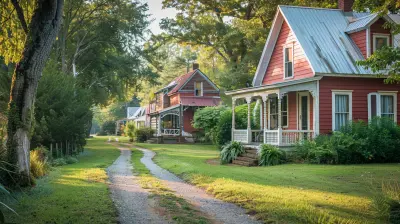
Morrow McGrady
Great article! Emphasizing green spaces in sustainable design is vital for our well-being and the environment. It’s inspiring to see how these practices not only enhance aesthetics but also promote healthier living. Keep up the fantastic work in advocating for sustainable homes!
April 2, 2025 at 11:14 AM